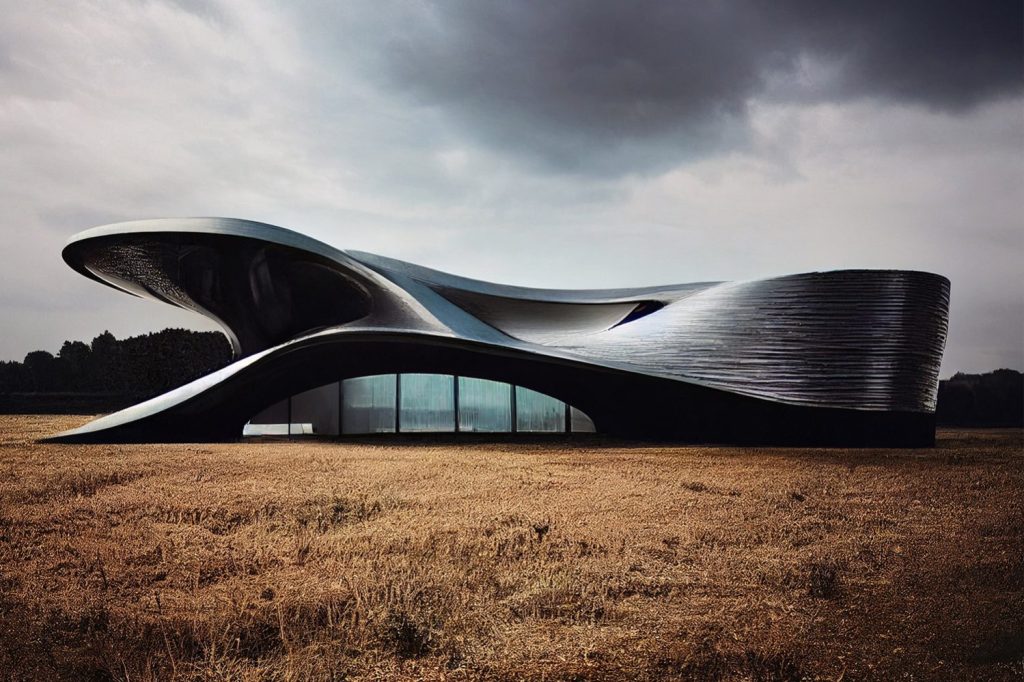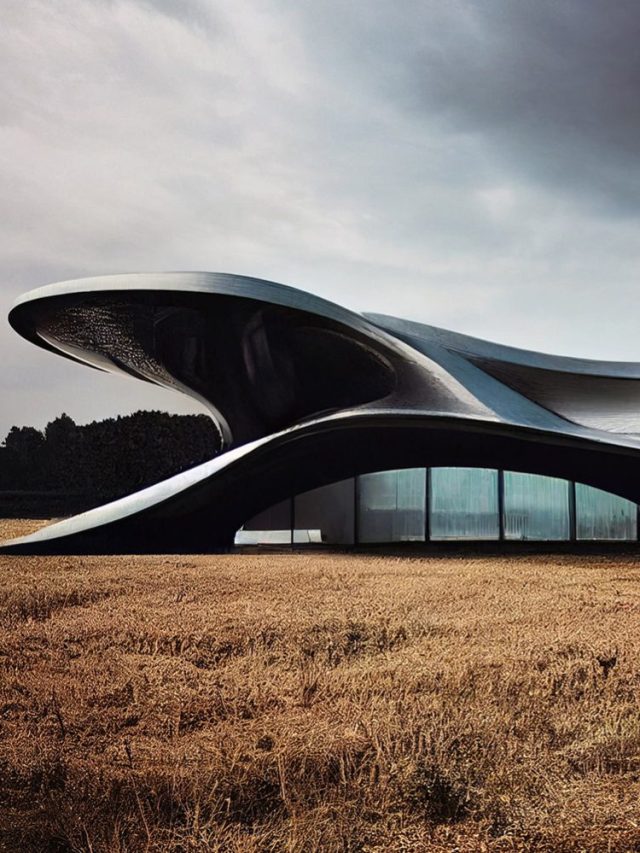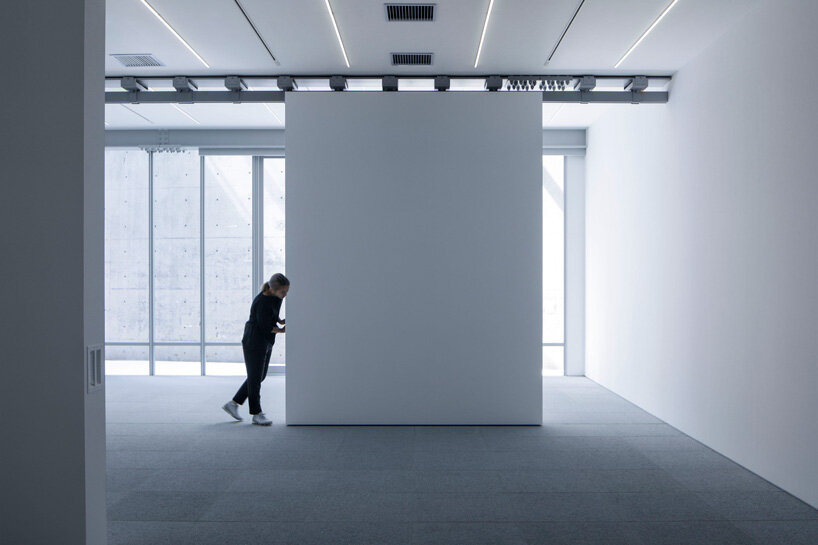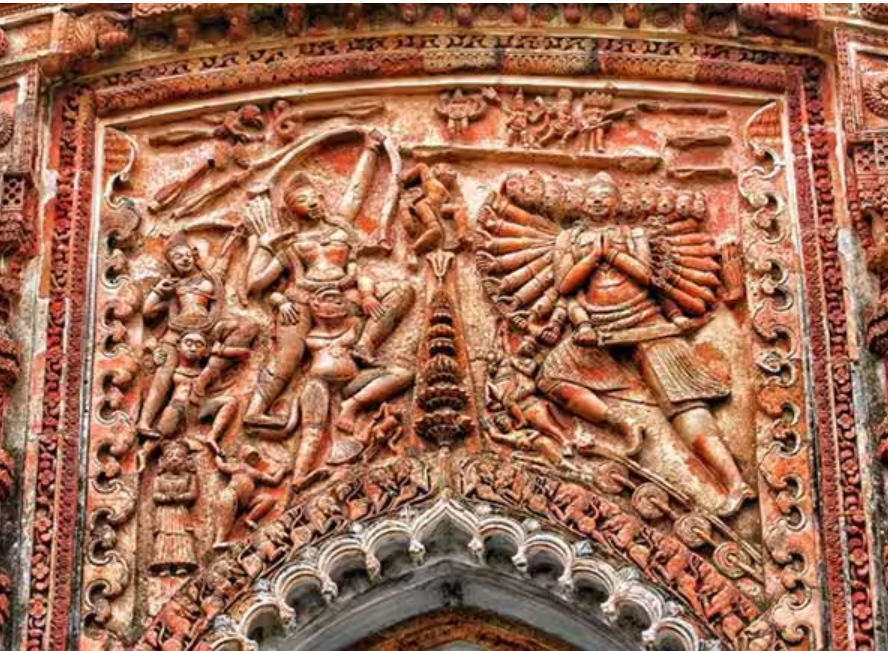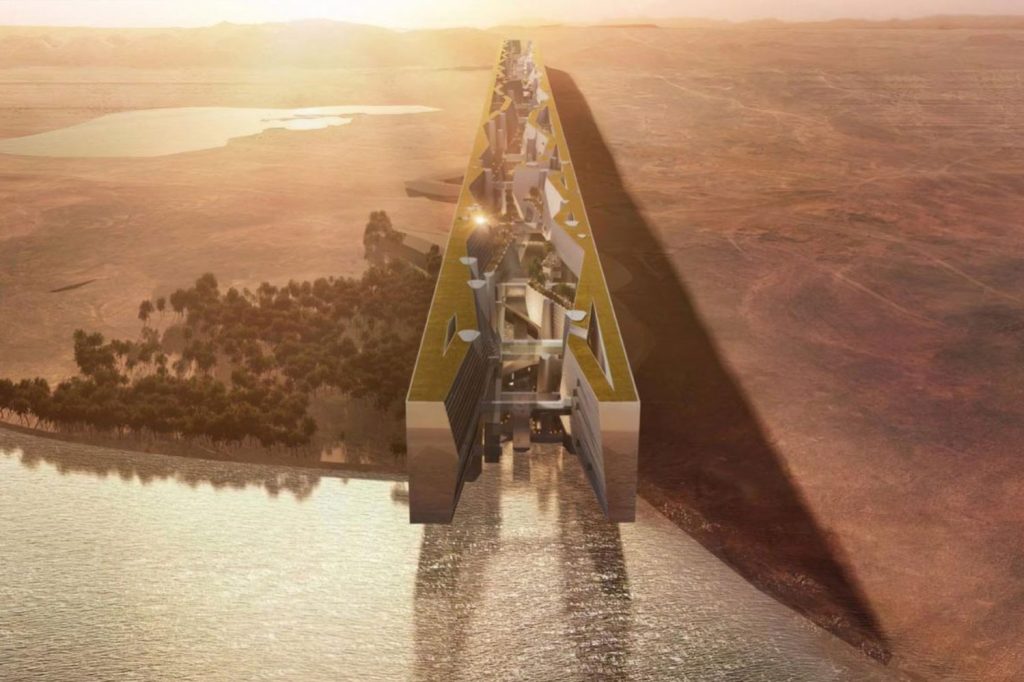Paramentric Design Architecture Influences
Somehow, parametric design architecture is understood to bring a revolutionary change in terms of perception from the constructionthat we were building. Forming a part of the wider discipline of computational architecture, it proposes a next generation of ingenious and intricate structures generated with the aid of high end computation related to site and programmatic issues. The Parametric design principles, its impact on the architectural task and what how it could change the future with this new method.
What is Parametric Design?
What is Parametric design? Traditional design systems r based on static models and forms are inscribed whereas the new modes of parametric design are dynamic By employing algorithms and computational techniques it gives rise to parametric emergent designs.

Parametric Design uses algorithms that are created in software to design based on parameters or constraints. This regulations could relate to space programs, properties of materials, environmental conditions and eventually the aesthetic choice. Changing these parameters allows architects to create an infinite number of design solutions and tweak their designs to be efficient, functional and beautiful.
The Rise of Parametric Architecture
Over the years, parametric facade design has increased its popularity as new computational design methods were introduced to perform a type of experimentation with form or function that would be practically impossible given the tremendous difficulty preparing dimensioned drawings and manually carrying out them. This is what we call “parametric design architecture,” since it talks about how buildings or structures are formed parametrically — through a process, which gives novel and unique outputs.

Several factors have contributed to the rise of parametric design architecture:
1. Introduction of Design software: Now as architects are using complex design tools like RHINOSORUS with GRAPopper, Autodesk Revit, or Bentley Generative Components to experiment with Parametric Design. That holds for the iterative design processes enabled by such visual tools that helps in brainstorming with real-time tweaks and visualizations i.e. form-finding of complex geometrical shapes or structures.
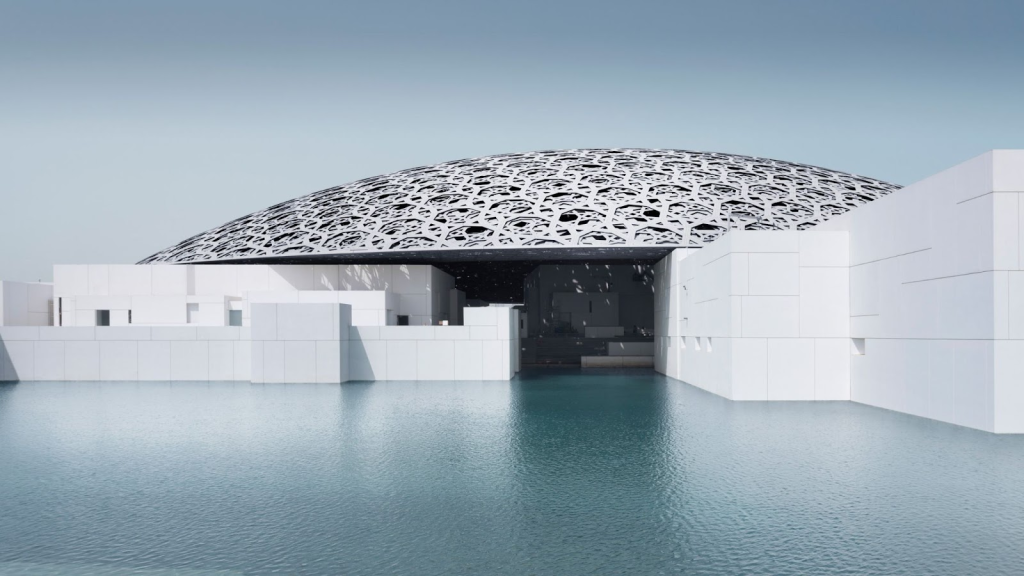
2. Growth of Computing: With the exponential growth in computing, one is able to process big data sets and execute complex algorithms. That has expanded the scope of parametric interior design and facilitated communicating even more coherent architectural determinations.
3. Modern Day Design philosophies: The whole model of this Parametric furniture is really a prototype which ought to be more intelligent, mindful and sustainable = future design Philosophies. Architects are beginning to produce buildings that respond to obstacles with the help of parametric tools and software.
Key Principles of Parametric Architecture
1. Principal — Flexibility & Adaptability: Flexibility is a fundamental principle of parametric design architecture. The parametric patterns have a response to various criteria such as Site parameters, User requirements, and weather conditions. This material is flexible hence it allows freedom to architects —designing buildings that can shift and expand as they are used or grow into the environment around them.

2. Complexity and innovation in barriers — Parametric interior design can create more complex and innovative architectural forms than previously published that challenge established conventions. At last, algorithms allied to computational technology are a very powerful tool for us when it comes to getting more advanced geometries and items in construction that would hardly be achieved — or only if expensive- through conventional procedures.
3. Organizational and Operational Efficiency: Architects can optimize their designs for the efficiency of various functions such as energy, structure, or material use. They document their proposals, investigate the impact of these and explore different scenarios. This helps architects to find the best outputs by comparing architectural outcomes.
4. Environmental thought: As the optimized design architecture is usually based on environmental factors, it is a good idea for parametric design to accept its basis in this regard. It needs to consider orientation (solar and wind), thermal performance etc…. incorporating these into the design brief architects can create environmentally friendly more sustainable buildings with health benefits.
Applications of Parametric Architecture
1. Calculated Geometries and Forms: Parametric wall design gives architects the potentiality to proposal new forms, spatial geometries. From the lattice clamshell of Herzog & de Meuron’s Beijing National Stadium (Bird’s Nest) to the tessellated geodesic domes of Sir Norman Forster’s Eden Project, etc.

2. Adaptive Facades: Several parametric facade design extends into adaptive facades that rotate according to the environmental changes. The finished Al Bahar Towers in Abu Dhabi (previous) sport the dynamic facade system that automatically reduces solar heat gain as illustrated above.

3. Optimized structures: Parametric wall design for studying the type of loads structure would be capable to withstand and as well also, what material kinds could work without breaking with other load conditions. For Mercedes-Benz Museum (Stuttgart) UNStudio conceived an optimal structural shape increasing spatial efficiency and reducing material requirements.

4. Adam In The Cape: A Parametric Interior That Can Change — Creating flexible configurations and spaces with parametric interior design. David Fisher created the Dynamic Tower with rotating floors that offer personal views and spatial configurations on every other rotation.

Challenges and Considerations
There are plenty of advantages with parametric design architecture, but it also has some challenges and considerations as well;
While there are many benefits to parametric design architecture, there are several challenges and considerations that come with the territory;
1. Real time usage: The parametric designs are highly intricate not applicable directly. Designers, engineers and builders must work closely together to translate complex compute models into reality.
2. Cost Implications: Mechanical, electrical and plumbing engineering is the high cost associated with using advanced design tools and building in parametricIOÇimensions. A project may require specialized software or knowledge that can inflate the price of a project.
3. Sustainability concerns: While parametric design can potentially yield a more sustainable building, not all the of buildings (as it is claimed) make a truly versatile environmental impact. This extends to both using resources (e.g. material consumption, energy use) and the impact we have on the planet over our product life cycle.
4. Human Facrors: Occupant viewpoints trump parametric designs Many of these were spectacular not only to our eyes, but also predicated on the complex shapes of modernism and form-making ideas po-mo; but as history told us that shape does not always produce a functional and comfortable environment.
The Future of Parametric Architecture
Following are some trends and technologies which can help determine the trajectory of parametric design architecture in future:
1. The future of the field is when Artificial Intelligence (AI) and Machine Learning are combined with parametric design tools. Sifting through oceans of data and spitting out perfect designs using the power of algorithms, AI will address many weaknesses in our ongoing effort to construct more efficient (and aesthetically innovative) structures.
2. New materials will be taken into account the material heritability of parametrically designed objects of sustainability (for example in the case of product cradle -to- cradle also lending) Additive manufacturing techniques are the future to deliver such forms at all Umsetzba and useable solidity. 3D printing, smart materials and modular construction are immense parts of the equation that is parametric architecture.
3. Collaboration requires creativity to be at the forefront — working fully on parametric designs are seconds complex than most traditional designing methodologies, this will need for higher collaboration amongst architects, engineers and other ancillary members. Process mechanisms and interlocking relationships, along with integrated project delivery are key tools for the realization of parametric design.
4. Focus on Human-Centered Design: While parametric design architecture is going forward, we can expect more emphasis in creating designs which consider lifestyle and function. It will also consider human dimensions such as comfort, accessibility, and society.
Parametric architecture — a revolution of architectural design over recent years which is only going to get bigger and better with the help from computational tools and philosophies (Sylvain Marveaux 2015). Building-envelope surrounded by specific-design structure can be made through parametric design approach to have architecture works of unique and variable architectures in which architects are capable of adapting their buildings to different requirements between building-users, moderate buildings systems and the environmental. There may well be a few potholes and bumps in the road but overall, the future of parametric architecture is looking for more advancements and progression. And, with new advances in technology and materials, over the next few decades, it is not unreasonable to imagine that parametric design could extend its reaches even further into the world of architecture — altering our manner of construction and interaction with our built surroundings.
Feature Image Courtesy – Archizy

